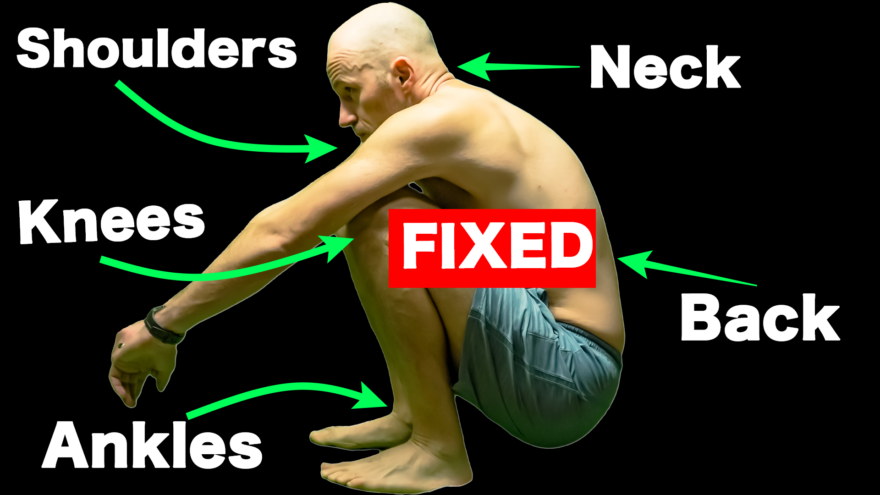Table of Contents
THIS is why you’re so darn stiff
Ever wake up feeling like a stiff robot (not the cool dancing kind)? Or deal with aches and pains impacting life?
Know what’s frustrating? If it’s not pain from trauma or serious pathology, rarely do we know what causes pain.
What do we do then? If we don’t know, it’s hard to figure out how to improve our movement and comfort.
But I got your back (even if it’s not low back pain).
I’m about to reveal one culprit responsible for 90% of the pain and movement issues seen out there. You won’t just get the cause either, but the solution.
If you’re ready to learn what to do, check out the post, video, and podcast below.
Why do our bodies become stiff and lose motion?
Try this quick experiment: move your wrists around with an open hand. Easy, right? But now make the hardest fist you can and try the same thing again. What happened? You’ll notice less motion, and more noise, and it won’t be as comfortable.
Why?
Well, when you increase muscular tension, you ALSO reduce joint space. If there’s less space, there’s less motion. Less motion makes movement more difficult and less comfortable.
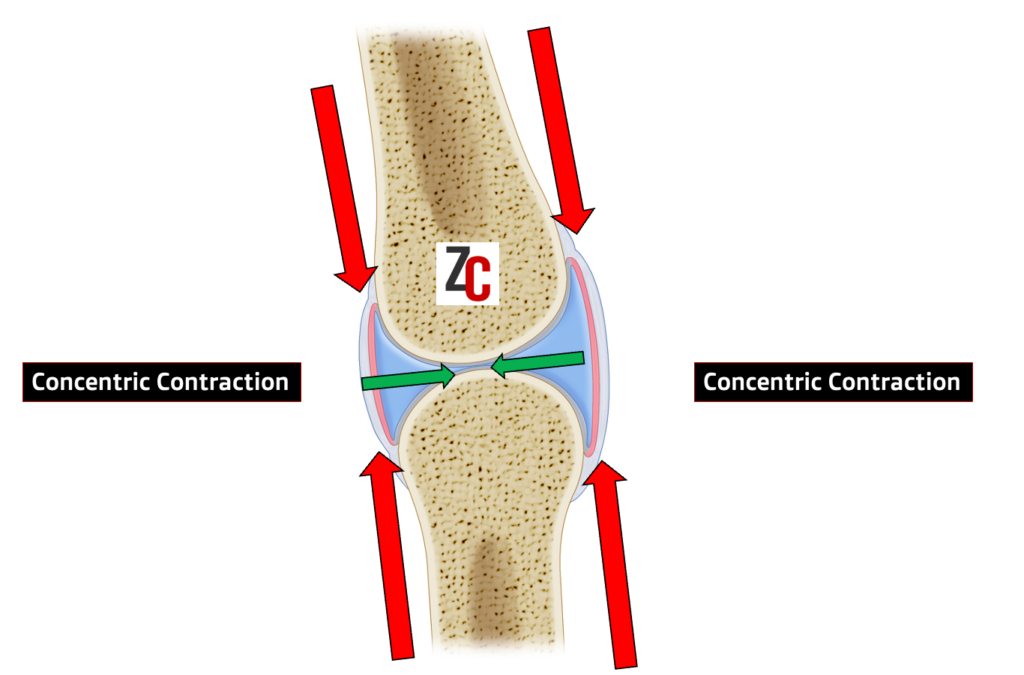
Areas get loaded more focally when there is reduced space. Think of the difference between lying on a bed of nails versus only one nail. The bed of nails distributes pressure across a broad area. One needle though? Now you have pressure only in one place. OUCH.
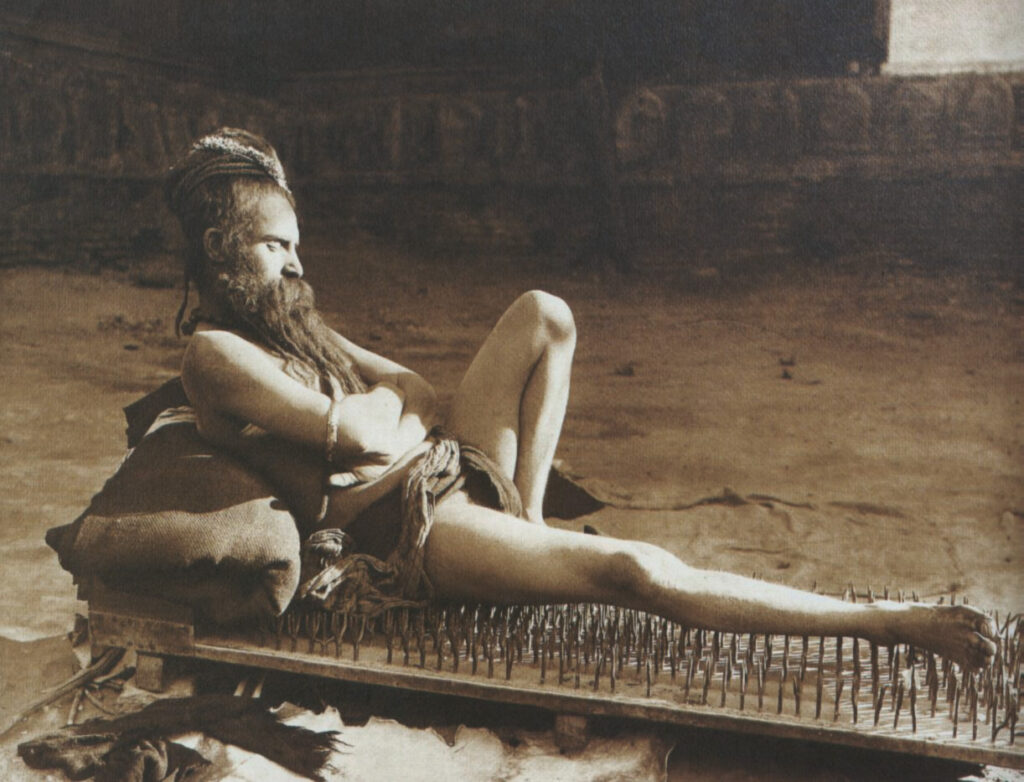
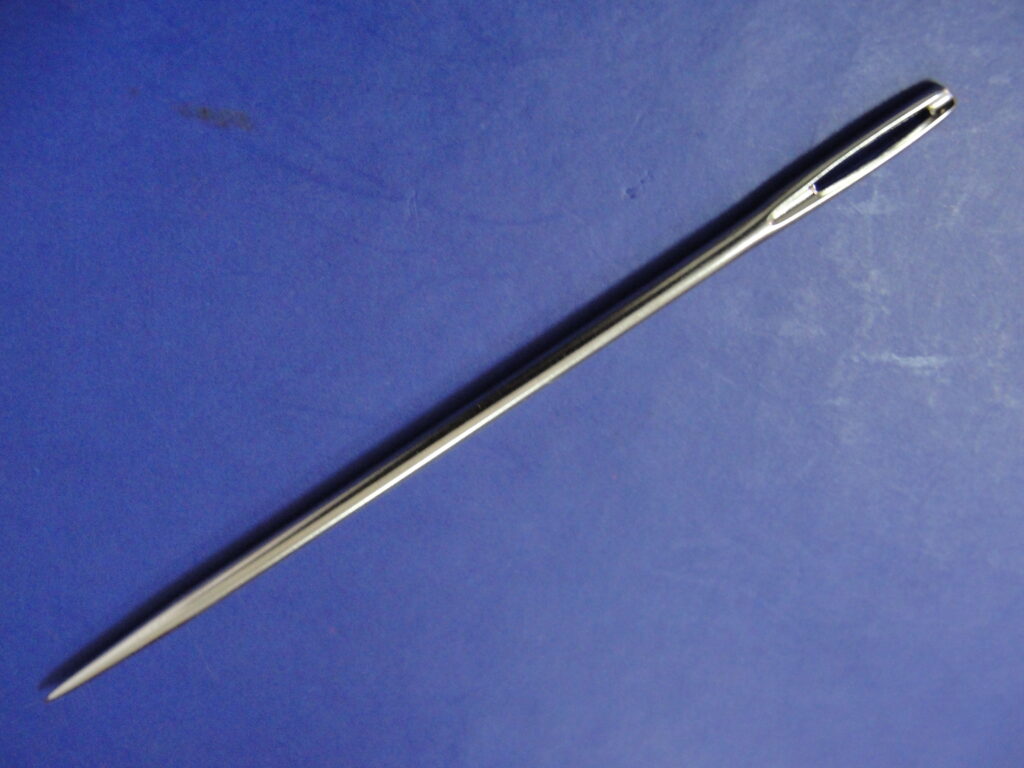
Although this behavior kinda stinks, it’s actually quite useful from a survival standpoint.
Our bodies crave energy conservation and efficiency. Moving less means we conserve more energy. Yet too, we also distribute the load more poorly, causing our aches and pains.
3 steps to improve your movement and reduce aches and pains
But enough with the science talk, let’s get to the solution. There are three steps to increase motion, reduce focal loading, and get rid of aches and pains:
- Reduce muscular tension
- Increase range of motion in commonly limited areas
- Increase efficiency in having more space
Let’s tackle each of these issues one by one.
Step 1: Reduce muscular tension
Think of your muscles as a stress ball. When you squeeze a stress ball, fluid moves away from where you squeeze.
That squeeze = a muscle contraction. When a muscle contraction, it causes synovial fluid to move away from the contraction.
So we don’t fall over, all our tissues have some degree of resting tension. In certain cases, some areas can have more tension than others. When this happens, it becomes more difficult to move fluids. This is how movement limitations happen.
Solving this problem involves:
- Reducing tension in contracted areas
- Contracting expanded areas
But what if you’re stiff everywhere?
Then you’d need strategies that help reduce general tension.
Here are the keys:
- Sidelying – Increases anteroposterior body dimensions
- Nasal breathe – Low tension breathing style
- Move SUPER SLOW – Produces little tension
The exercises I use that have these keys are rolling. Two of my tops are the foam roller roll:
and the ER log roll:
Step 2: Increase range of motion in commonly limited areas
To stay upright, our center of mass shifts forward. This action increases muscle activity in the following areas (in many people):
- Lower glutes (to push the pelvis forward)
- Rectus abdominis (to put force more downward)
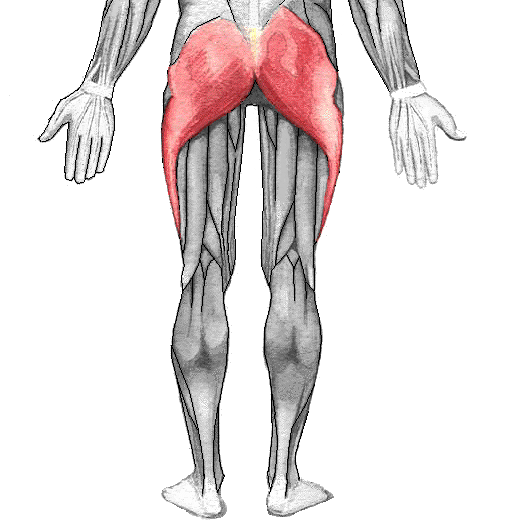
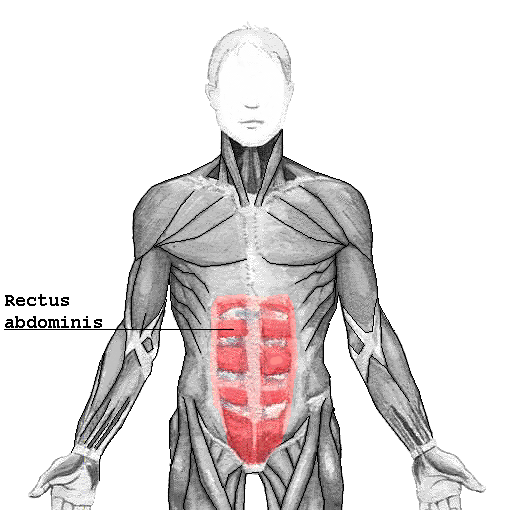
Thus, choosing exercises that reduce muscle activity here can open up lost motion.
The best move for this? The walking wall squat:
Step 3: Increase efficiency in having more space
Getting the above muscles to chill doesn’t guarantee you can keep things that way when poop hits the fan.
We need to improve conditioning in this newfound strategy, but how?
Choose harder moves, fam!
The logical progression from the walking wall squat is a box squat:
Sum up
So there you have it, folks! The secret to effortless movement and saying goodbye to aches and pains. Let’s start reducing overall muscular tension and get ready to move like whoa!
To recap:
- Pain is often caused by increased pressure in a focal area
- Pain can be reduced by broadening that area
- Reduce muscle tension, then target limited areas, then improve efficiency
How’d these exercises feel? Comment below and let us know!

